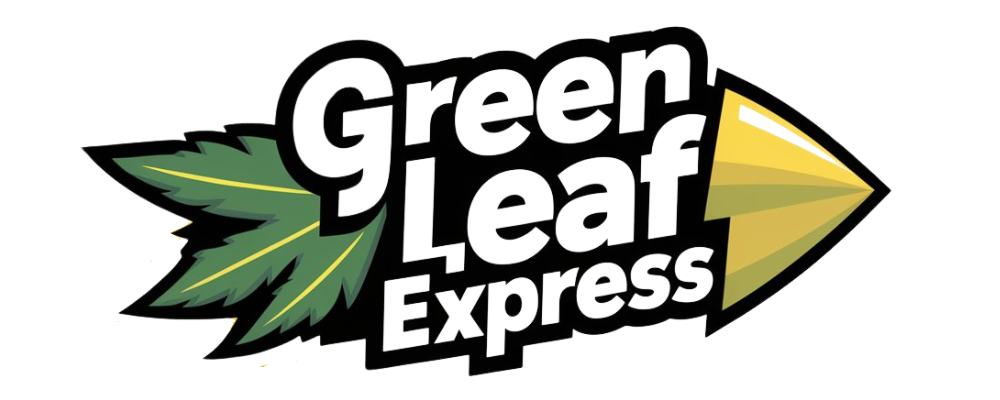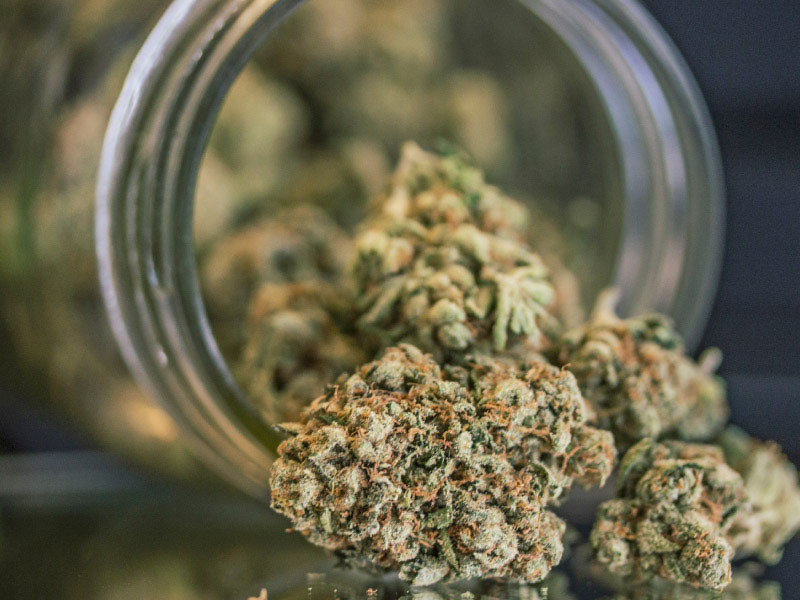During the flowering stage of cannabis, male plants display specific signs that indicate their reproductive function. Here are some common signs to identify male plants in the flowering stage with https://uberweedshops.com/product-category/all-flower/ounce-specials/:
Male signs of flowering stage
- Pollen Sacs: Male cannabis plants develop small, sac-like structures called pollen sacs or anthers. These sacs are typically located in the joints where the branches meet the main stem or at the base of the plant. Pollen sacs contain pollen, which is necessary for fertilizing female plants to produce seeds.
- Clustered Appearance: Male flowers tend to grow in clusters or groups. These clusters of pollen sacs can appear similar to small grapes or bunches of bananas, depending on the strain and stage of development. The clusters often form along the nodes or internodes of the plant.
- Lack of Pistils: Unlike female flowers, male flowers lack pistils, which are the hair-like structures that protrude from the calyxes. Instead, male flowers primarily consist of pollen sacs and do not produce the resinous buds that female plants develop.
- Early Pollen Release: As male plants mature, the pollen sacs eventually burst open and release pollen into the surrounding environment. This is a natural process to spread pollen for pollination. If you notice small amounts of yellowish pollen dust on the leaves or surrounding areas, it’s a clear indication of male plant development.

It’s important to note that male plants are typically undesired for those growing cannabis for the purpose of producing buds. This is because fertilization by male plants can result in seed production, which reduces the overall quality and potency of the harvested flowers. Therefore, many growers remove or separate male plants from their cultivation space to prevent pollination and focus on growing only female plants.
Identifying and removing male plants early in the flowering stage is crucial for maintaining seedless, high-quality female plants. Regular observation and monitoring of your plants’ development can help you identify any male plants and take appropriate action to prevent undesired pollination.

